Artistic Residency (FR, PT)
Katarina Petrović https://www.katarinapetrovic.net/
Artistic Residency in Alpes de Haute Provence, UNESCO Estrela Géopark and Fajão (Aldeias do Xisto).
Summer 2023 and Summer 2024.
Report from Katarina Petrović Download
This Residency combines art and science in different locations across two countries:
- Alpes de Hautes Provence (FR)
- Serra da Estrela (PT)
- Aldeias do Xisto (PT)
- Vale do Rossim (PT)
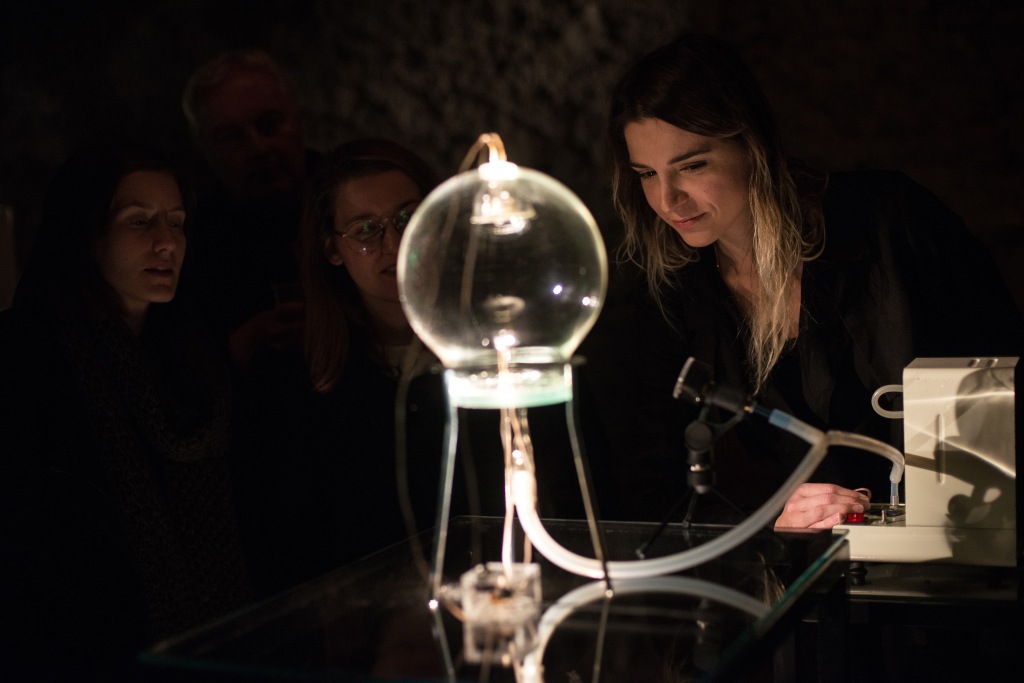
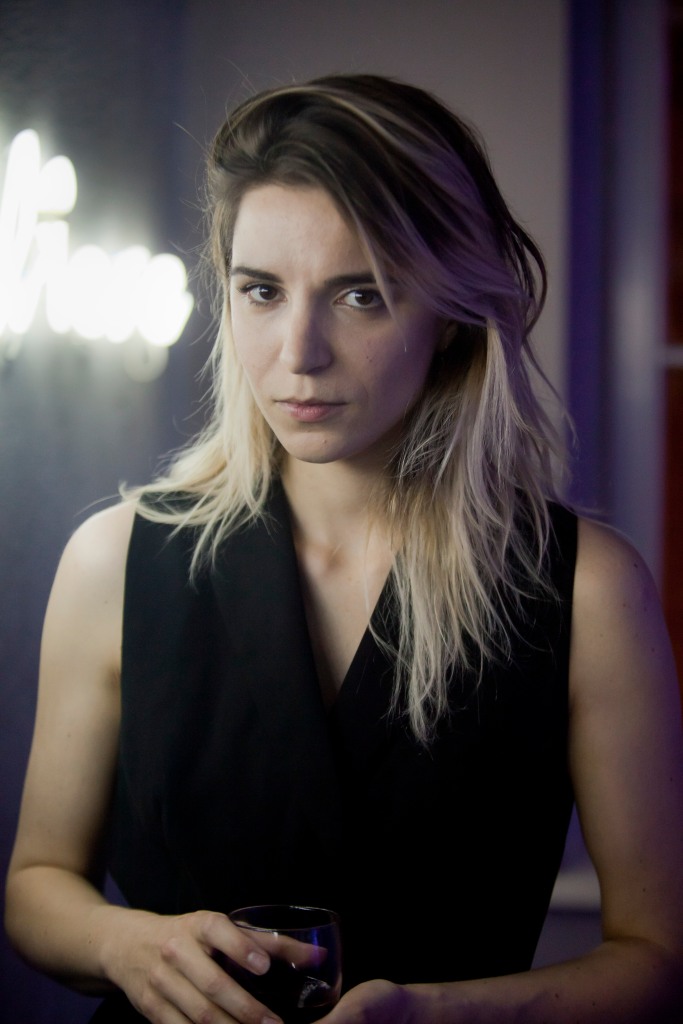
Katarina Petrovic explores different locations. Astronomy and mountains will be her thread. This is a Residency in two countries (FR and PT), four locations, a total of 2 months of field work, a 2 years span (2024 and 2025). The art work produced will integrate several events: the exhibitions planned for Castelo Branco and/or Malpartida de Cáceres. In Portugal, the Residency will end with a guided walk open to the public to discover the Pirilampos (Fireflies) of Rossim (Serra da Estrela), an art work by Erik Samakh (PES2017).
Resultes will be presented at Mun.CB event (Sustainable tourism) in Castelo Branco (PT- July 2024) and ACROSS LANDSCAPE AGRICULTURE AND BIODIVERSITY, Campagne Première in Arles (FR – September 2024) and Final Seminar in Malpartida de Cáceres (ES – Spring 2025).
Project Entre Serras – Astronomia residency
Universally, mountains bear a unique character often considered sacred, either for their difficulty of access, the versatility of their nature or their vicinity to the skies. It is from their summits that we are the most physically able to take the necessary step back to sense our place into this world. Under our eyes, reliefs left by tectonic forces lay the remains of long-gone seas; lines between mankind and its environment are drawn; above our heads, fossil lights travel from far-away stars illuminating us among other non-perceptible phenomena.
Guided by scientific necessity and the growing attractivity of astronomical tourism, the construction of star observatories connects as much as it reveals the landscapes it dominates. Between land and sky, this equipment facilitates encounters. It is a liminal zone between two time horizons: a pastor’s sheep herd strolls on a trail trodden by centuries of ancient seasonal migrations while state-of-the-art technologies study exoplanets’ densities located light-years away from us. Hence, mountains have been and remain incredibly powerful inspiration sites where science, spirituality and philosophy meet one another. Therefore there we find artists. The Entre Serras Project institutions seizes this opportunity to bind new relationships between institutions from different European countries.
For the 3 years to come, Serbian artist Katarina Petrovic, living in the Hague (NDL) has been invited. Her work already involved astrophysicists’ expertise (and has an exhibition at the Belgrade’s observatory in Summer 2023) interrogates our links to science, art, philosophy and our relationship to the world.
The artist Katarina Petrović has been invited for the next working period. Based in The Hague, The Netherlands she works in the domain of artscience, often closely collaborating with scientists and astrophysicists. In June this year she released a solo exhibition at the Cultural Centre of Belgrade and a side programme at the Belgrade Astronomical Observatory where she presented the newest research on Airy Disc – light diffraction phenomena often used in astronomical observations. She will be continuing this research during the Entre Serras – Astronomia residency.
Katarina Petrović is a Serbian-Dutch artist creating process-based works that explore the relationship between language and natural phenomena. Interlinking art, science, humanities and technology, her practice focuses on creative processes – from cosmogony, cognition and creation of meaning to physics of sound, light and vacuum. Katarina holds a MMus degree from ArtScience Interfaculty, Royal Conservatoire and Royal Academy of Arts, The Hague and an MFA from the Academy of Fine Arts, Belgrade. In 2019 she was the winner of the Young Visual Artist Award for Serbia (Mangelos award). Katarina is a member and board chair of artist-run space Trixie and an affiliated researcher at the transdisciplinary research Center Leo Apostel (VUB) in Brussels where she started an ArtScience research group. Katarina often works as a guest lecturer and is currently teaching at ArtScience Interfaculty in The Hague and postgraduate School of Thinking (VUB) in Brussels.
– UNESCO GEOPARK ESTRELA :
https://www.geoparkestrela.pt/
Residency in France :
– CAIRN / Saint MICHEL OBSERVATORY
https://www.cairncentredart.org/fr/accueil/
Centre Astrologique de St Michel de l’Observatoire
• In Digne-les-Bains, a city resounding with Pierre Gassendi’s presence, philosopher and astronomist corresponding with Galileo, the Cairn art centre associates to Katarina’s project the CNRS researchers from the Saint Michel Observatory, where the first exoplanet was discovered in 1995.
• Founded in 2000 by Nadine Gomez-Passamar, a curator and geologist by training, Cairn emerged from an unprecedented encounter between the wild and mineral nature of the Alpes-de-Haute-Provence and artists who had come to discover its history and environment. The first contemporary art initiative in the département, the art centre is pursuing an extraordinary cultural programme based exclusively on long-term residencies for visual artists. This gives rise to two exhibitions a year and numerous off-site events. The artists invited by Cairn seek out the Provençal Alps and the Digne region to explore their areas of interest, rediscovering them through the prism of an unsuspected heritage. Positioning art at the crossroads with other disciplines present in the department (sports, science, agriculture, tourism, archaeology, etc.), the Cairn opens up debates and participates in a global reflection on the future of the Dignois region and, more generally, of development and culture in rural areas.
Le Cairn is part of the museums department of the town of Digne-les-Bains. As part of this, its contemporary artistic activities converge with the programming of the Musée Gassendi and the Maison Alexandra David-Neel in unexpected ways. It has an artist’s residence and a 130m2 exhibition space.
Le Cairn hosts internationally renowned artists such as Andy Goldsworthy, Lara Almarcegui and Hicham Berrada. Part of its programme supports experimental practices and emerging artists.
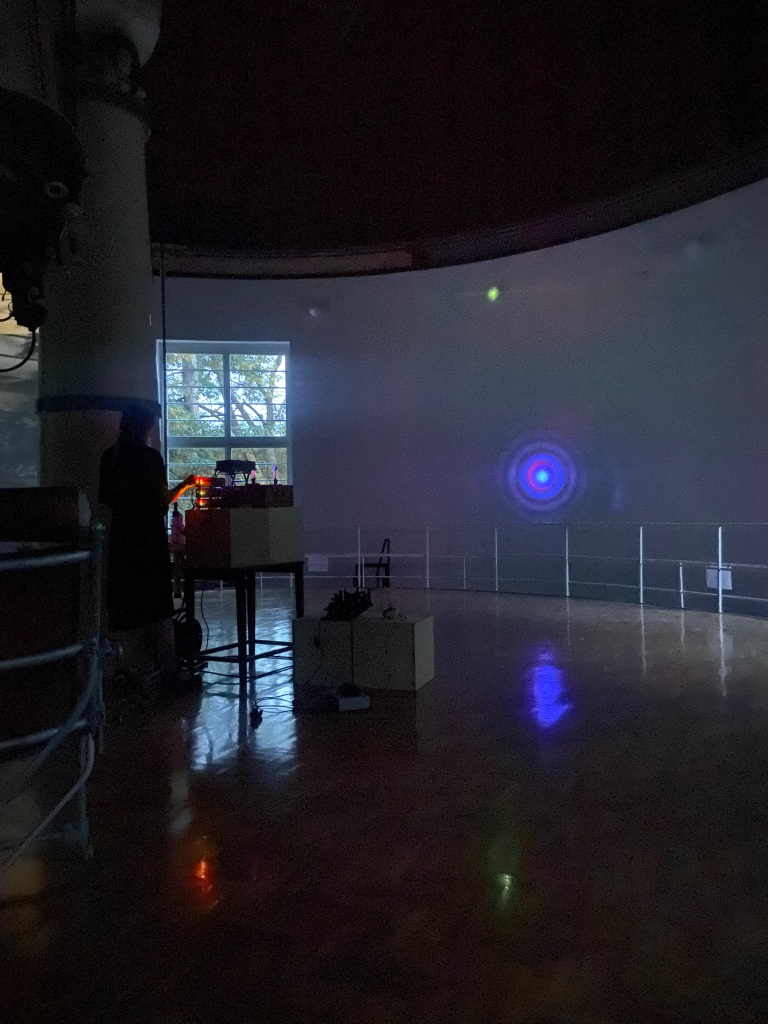
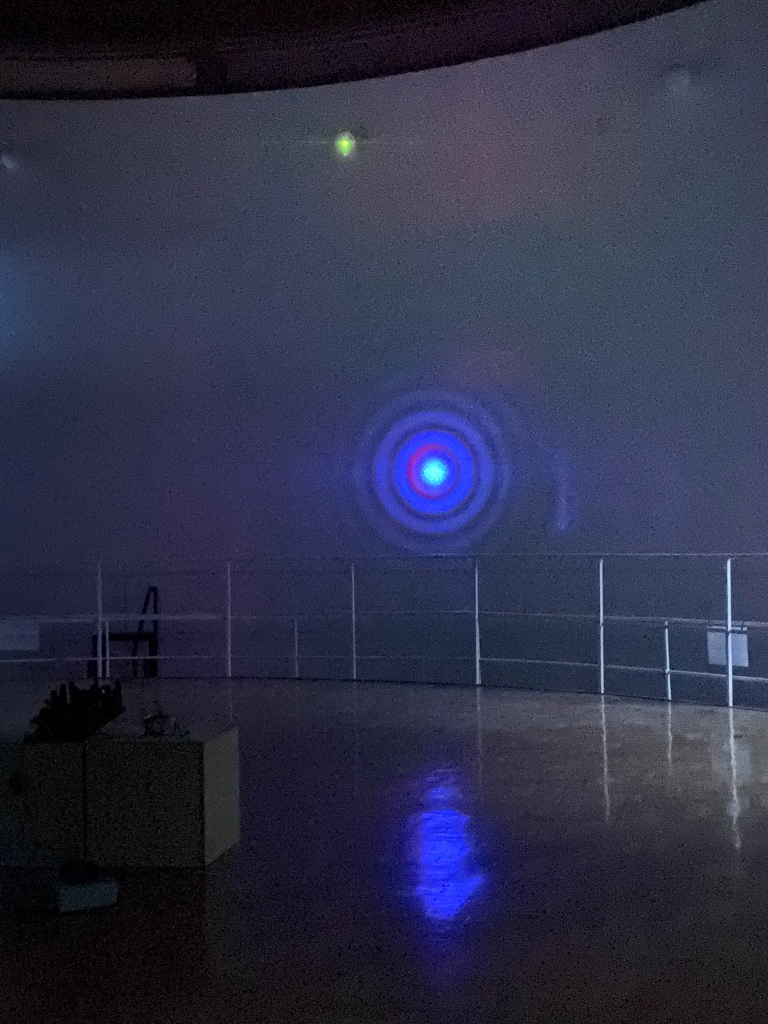
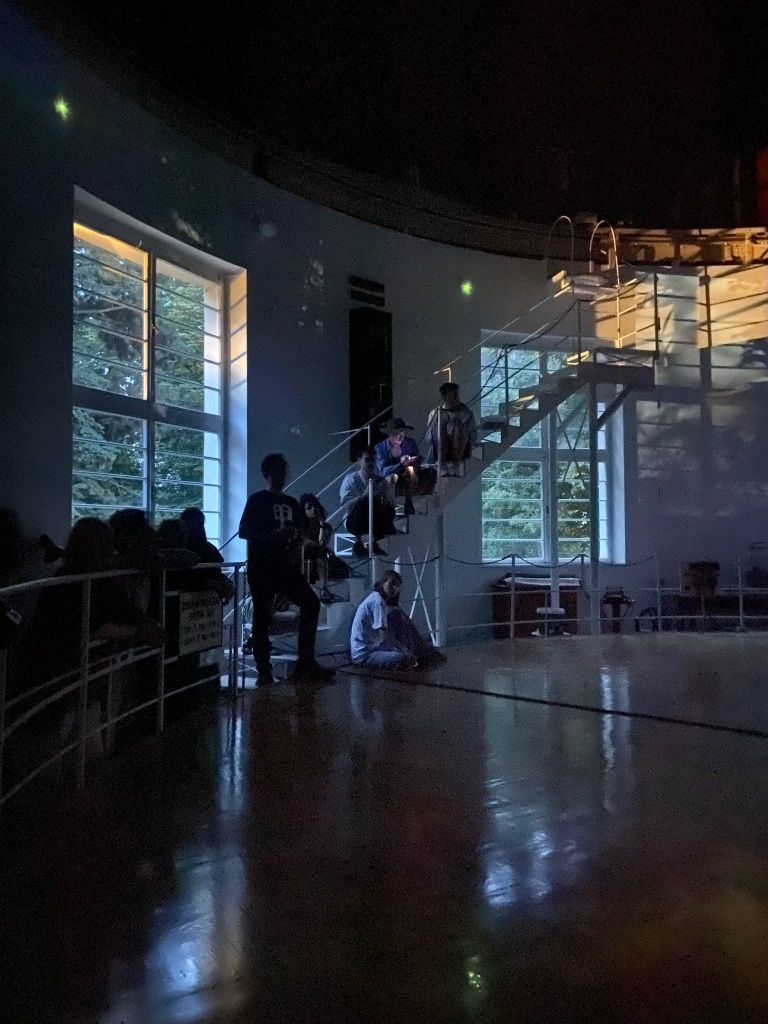
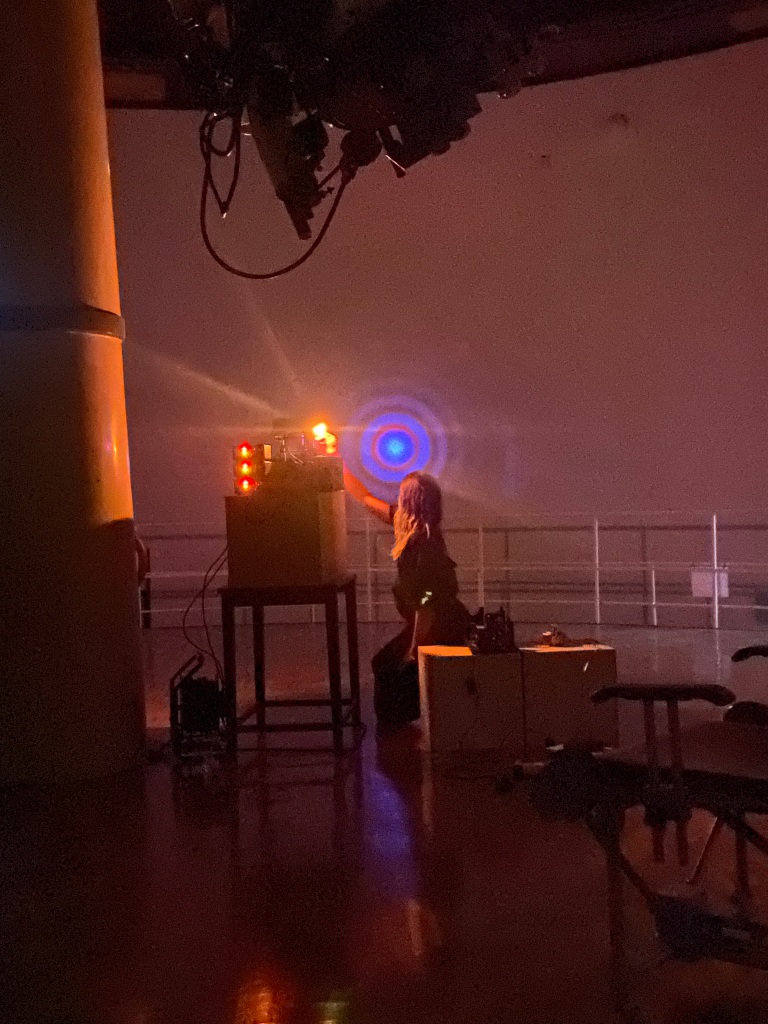
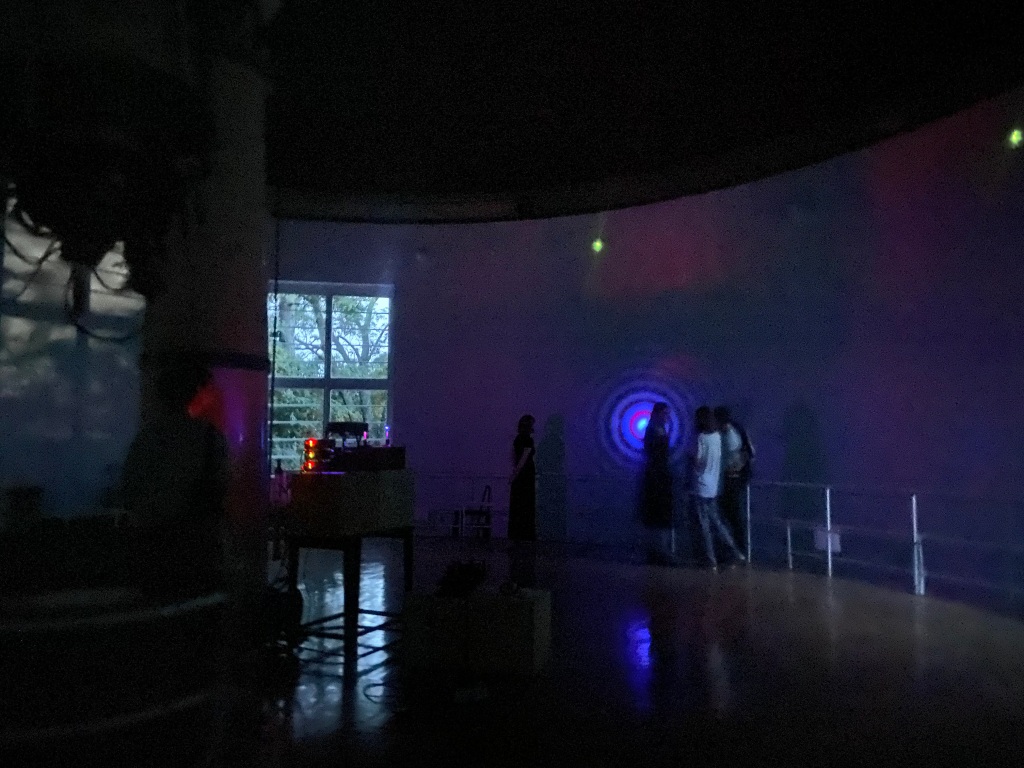
Project Entre Serras – Creative Europe
From 2023 to 2026, the Project Entre Serras Creative Europe (PES_CE) will host residencies, artistic workshops and seminars within the framework of the Creative Europe programme, revealing the potential of rural areas as a living laboratory, territories open to experimentation. The driving forces of PES_CE artistic actions are a quest to merge what we see as nature and what we see as communities, questioning the landscape, the border between urban and rural. Under the overall theme “Life and displacement in mountain territories”, PES_CE brings together partners from Portugal, Spain and France, to question the relationship between « seeing » and « experiencing » the landscape.
Moving around the world in an erratic way is the most primitive way of exploring the territory. With the Neolithic period, the domestication of plants (agriculture) and animals (grazing) generated two distinct types of space: the sedentary and the nomadic, the domestic and the wild. Since the 1970s, artists such as Richard Long, Hamish Fulton and Alberto Carneiro have made walking and the discovery of the territory their art. The idea of walking as an aesthetic form, a way of feeling, had already been suggested in the previous century by Henry David Thoreau, in a triple understanding of the act of walking across the landscape (action), of the path/line that crosses the space (object), and of the relation established with the space (the experience, a narrative). PES_CE adds here a particular interest in the separation between urban and rural, blurred by today’s technology and mobility. Its programme is based on in situ artistic experiments at the crossroads of theory, history and sensitive practices. The PES_EC questions the necessary rehabilitation of the sensitive world and the disastrous separation between Nature and Culture that we have witnessed in recent centuries.
How do those who live in or pass through the territory perceive it? The mobility of cultural agents and artists, of human and non-human actors, as well as institutional dynamics, are part of PES_CEs investigation of the territory. The project includes walks and collaborative actions that bring together artists and scientists, local residents and visitors. It also includes artists-in-residency, an online archive and visualization tool, debates and exhibitions. It is based on networking, research and co-creation.
The coordinator of the project is the Polytechnic Institute of Lisbon through its Landscape Museum (https://museudapaisagem.pt) (IPL). Also in Portugal are the partners Aldeias do Xisto (ADXTUR – Schist Villages), the Municipality of Castelo Branco (Mun.CB through its Creativity Factory) and the Geopark Estrela. The French partners are the Municipality of Digne-les-Bains in the Alpes de Haute Provence (CAIRN, Centre Informel de Recherche sur la Nature, CDLB) and the École Supérieure d’Art d’Aix-en-Provence (ESAAIX). The Spanish partners are the Museum Vostell Malpartida (MVM) and the Municipality of Malpartida de Cáceres (AMC, through its Centre of Livestock Trails).
Creative Europe is the European Union’s programme to support the cultural and creative sectors and has two objectives: to safeguard, develop and promote Europe’s cultural and linguistic heritage and diversity; and to increase the competitiveness and economic potential of the cultural and creative sectors. Until 2027, the programme invests in actions and initiatives to strengthen cultural diversity and address the needs and challenges of the cultural and creative sectors, with the aim of contributing to their recovery while enabling them to step up their efforts to become more digital, greener, more resilient and more inclusive.
